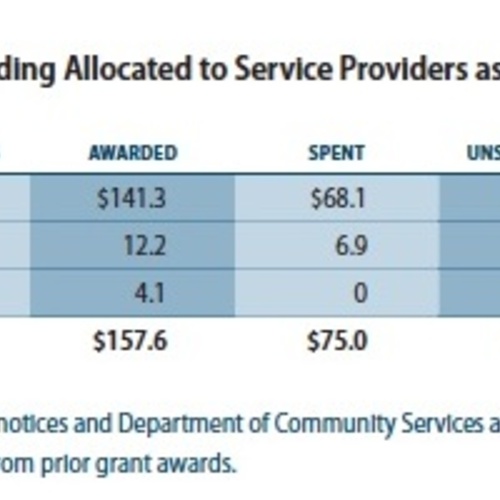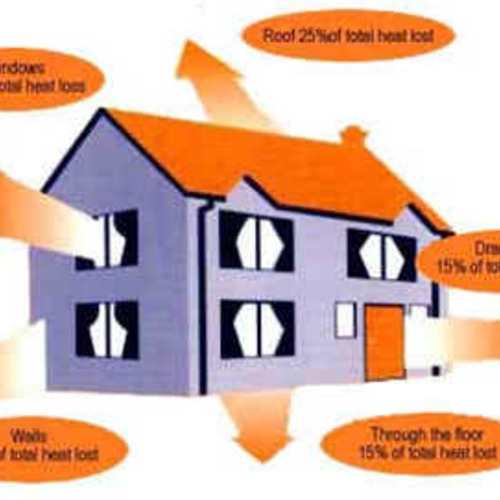
MaineHousing, the Pine Tree State’s affordable-housing authority, has an ambitious goal: weatherize, by 2030, all of the 477,000 single-family homes and half the businesses in the state that haven’t already been retrofitted for energy efficiency.
The key ingredient for accomplishing that, of course, is money. It turns out, though, that Maine has a plan to help raise funds for that purpose – a plan that would enable the state to sell carbon credits based on verifiable emissions reductions achieved by already completed weatherization work. Maine, in other words, aims to use international commodities markets to leverage its energy efficiency chops.
MaineHousing announced last week that its method for measuring the carbon savings that result from weatherizing a home received initial approval from an independent, third-party validator. A second third-party verification will be required before the state can start selling carbon credits
A world first
This would be the first time in history a state or other government entity has used weatherization improvements to accrue and sell carbon credits, said MaineHousing’s director, Dale McCormick, who added that with one validation yielding positive results and another evaluation under way, other states are tracking the results closely.
“There’s no sense in everybody doing this, right? So everybody’s anxiously waiting, and actually we just reached a tipping point on that,” McCormick said in MainHousing press release. “It’s very interesting . . . we get more and more calls about other states – California just called, Oregon, Wisconsin, South Carolina, North Carolina, Virginia – like we’re too popular.”
Since prices for carbon credits fluctuate (in the European Union, for example, the opening price today was just under $17.50), it’s not clear how much money Maine’s weatherization-based credits could bring. One carbon credit equals 1 ton of carbon dioxide, and weatherization of a home in Maine saves, on average, 2 tons of carbon dioxide annually. McCormick told the Bangor Daily News that between MaineHousing’s weatherization projects and those managed by the Efficiency Maine Trust, which administers energy efficiency and alternative-energy programs for the state, Maine might sell an estimated 8,000 carbon credits a year.
“Up until now, the carbon world has gone after the low-hanging fruit, like big power plants in China and recovering the methane from big cattle feed lots in Nebraska and that kind of thing,” she said. “But houses – 477,000 single-family homes in Maine – no one has even dared to tackle that because it’s so small, the savings you can get per house compared to a feed lot in Nebraska.”
Vermont: sweeten the incentive for reaching weatherization goals
Another take on making the most of weatherization projects is Vermont’s proposal to allow states that meet their retrofit goals under the stimulus-funded version of the Weatherization Assistance Program to use leftover weatherization funds, if any are left, for further retrofits.
Although some states struggled to ramp up their weatherization programs and bring them into compliance with stimulus guidelines, others, including Vermont, have moved things along quickly. Vermont received a $17 million allocation, based on a goal of weatherizing 1,612 houses for low-income homeowners. And now Shaun Donahue, director of Vermont’s Office of Economic Opportunity, is suggesting that, with weatherization crews up and running (almost 75 crew members have been added to the weatherization workforce), access to unused funds will help the state make the most of stimulus-funded investments in time and training. The deadline for states to spend their allocations is March 31, 2012.
“Certainly we could use them,” Donahue told the Burlington Free Press. “We have homes that could be weatherized, and we have trained crews that will run out of (stimulus) funds before the project is over.”
A Department of Energy spokeswoman also told the paper that even though the agency doesn’t expect to have leftover weatherization stimulus funds, it is authorized to distribute leftovers to states “with an expressed need and a proven ability to spend funding rapidly and deliver high quality work.”
The spokeswoman also noted that an additional $90 million in federal money for sustainable energy projects will be awarded to some states based on a number of criteria, including, prominently, their performance using stimulus funds. Vermont is among the almost 30 states that have applied for the project grants.
Weekly Newsletter
Get building science and energy efficiency advice, plus special offers, in your inbox.














One Comment
Carbon credits
I like the Maine proposal to tie weatherization projects to carbon credits, once we properly value CO2 emissions, this could become a viable funding source. On a comparative note, an acre of land planted with deep rooted, warm season grasses and forbs will sequester about 2 tons of CO2 annually.
Log in or create an account to post a comment.
Sign up Log in